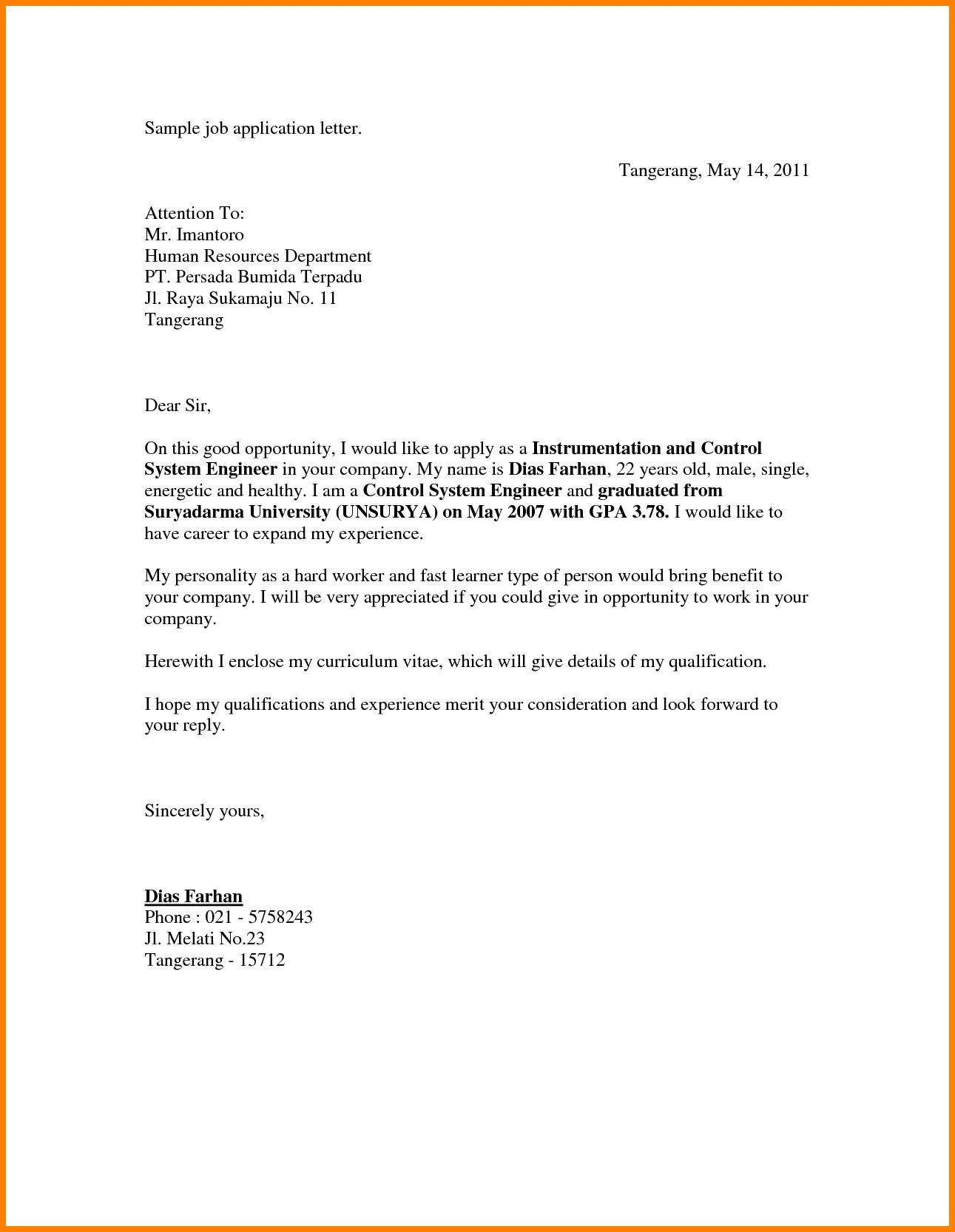What is a Cover Letter
A cover letter is your first opportunity to make a strong impression on a potential employer. It’s a formal document accompanying your resume, acting as a personalized introduction that highlights your relevant skills, experiences, and enthusiasm for a specific job. Unlike a resume that provides a factual overview, a cover letter allows you to narrate your career story, demonstrating how your qualifications align with the job requirements and the company’s values. A well-crafted cover letter sets the stage for your application, enticing the hiring manager to delve deeper into your qualifications and potentially invite you for an interview. It’s a crucial tool in your job search arsenal and a chance to distinguish yourself from other candidates.
Purpose of a Cover Letter
The primary purpose of a cover letter is to introduce you and your qualifications to a potential employer. However, it serves multiple crucial functions beyond a simple introduction. A cover letter allows you to elaborate on your resume, providing context and depth to your experiences. It provides an opportunity to explain any gaps in employment or career transitions. More importantly, it gives you a platform to express your genuine interest in the specific job and company, which can significantly influence the hiring manager’s perspective. Demonstrating your understanding of the company’s needs and showing how your skills can contribute to their success is a key objective. A well-written cover letter convinces the reader that you are a strong match for the role.
Highlighting Skills and Experience
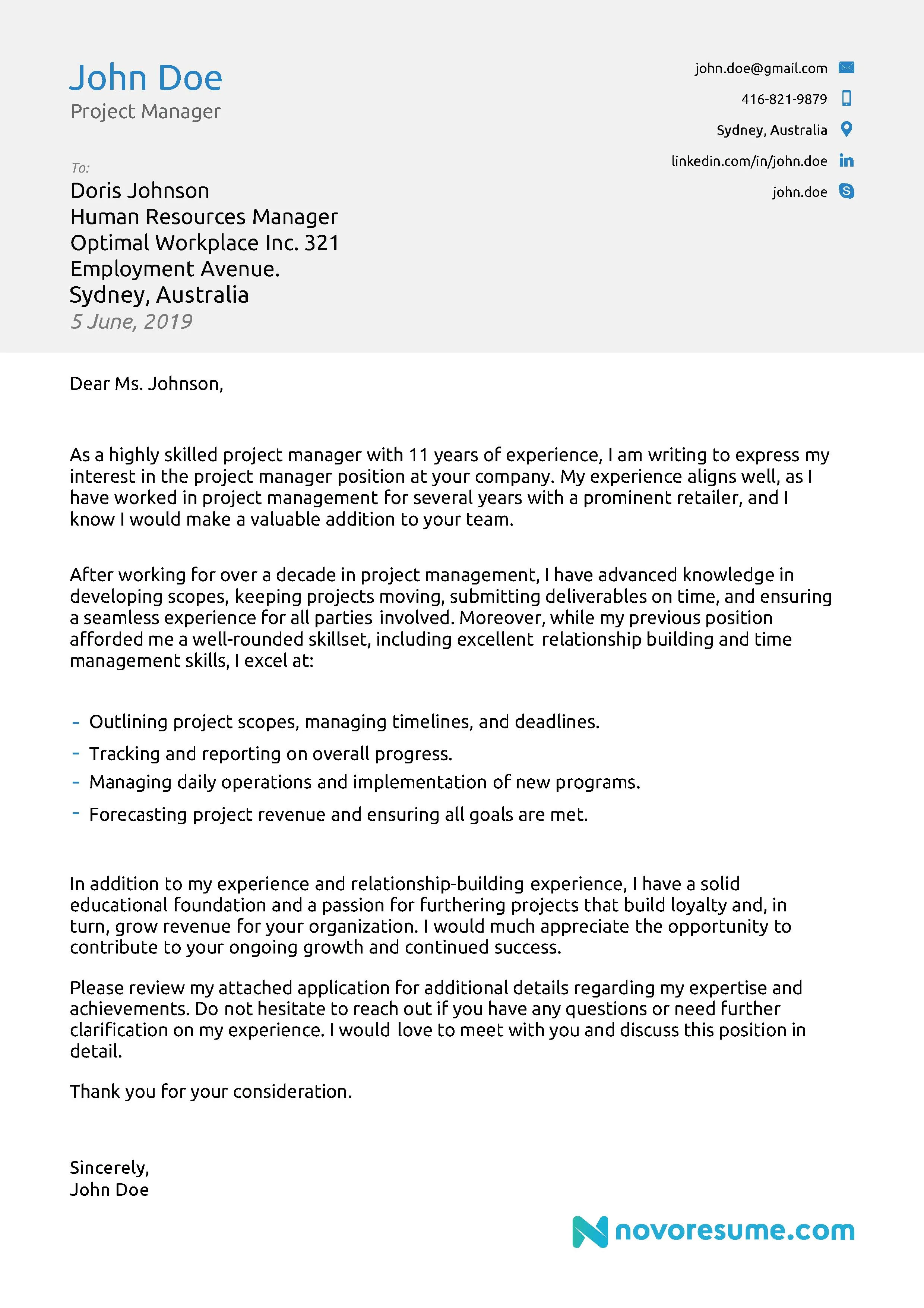
Your cover letter is the ideal space to showcase the skills and experiences that make you a standout candidate. Instead of just listing your accomplishments, use the cover letter to connect your skills to the job requirements. Carefully review the job description and identify the key skills and qualifications the employer is seeking. Provide specific examples that illustrate how you’ve successfully utilized those skills in previous roles. Use action verbs to describe your achievements, quantifying your accomplishments whenever possible. Emphasize results such as increased sales, improved efficiency, or successful project completion to demonstrate the value you can bring to the company. The aim is to paint a vivid picture of your capabilities and demonstrate that you are a strong contender.
Why is a Cover Letter Important
In today’s competitive job market, a cover letter is essential for several reasons. It offers an opportunity to demonstrate your unique value proposition. By highlighting your personality, passion, and suitability for the role, you distinguish yourself from other applicants who may only rely on their resumes. A well-written cover letter demonstrates your communication skills, attention to detail, and professionalism. It showcases your ability to write clearly and concisely, which is a valuable asset in almost any job. Furthermore, a cover letter allows you to explain any circumstances that may not be fully captured in your resume, such as career changes or gaps in employment. It’s your chance to address any potential concerns and proactively present yourself in the best possible light.
First Impression Matters
The cover letter is often the first point of contact between you and a potential employer. It’s your chance to make a positive first impression. In a pile of applications, your cover letter has to capture the reader’s attention quickly. Therefore, it should be well-structured, grammatically correct, and visually appealing. Ensure your tone is professional yet enthusiastic, reflecting your genuine interest in the company and the position. Avoid generic language and tailor your cover letter to the specific job requirements. Personalize your letter by mentioning the hiring manager’s name, if possible, and research the company’s values and mission to demonstrate your genuine interest. A well-crafted first impression can significantly increase your chances of landing an interview.
Showcasing Personality and Enthusiasm
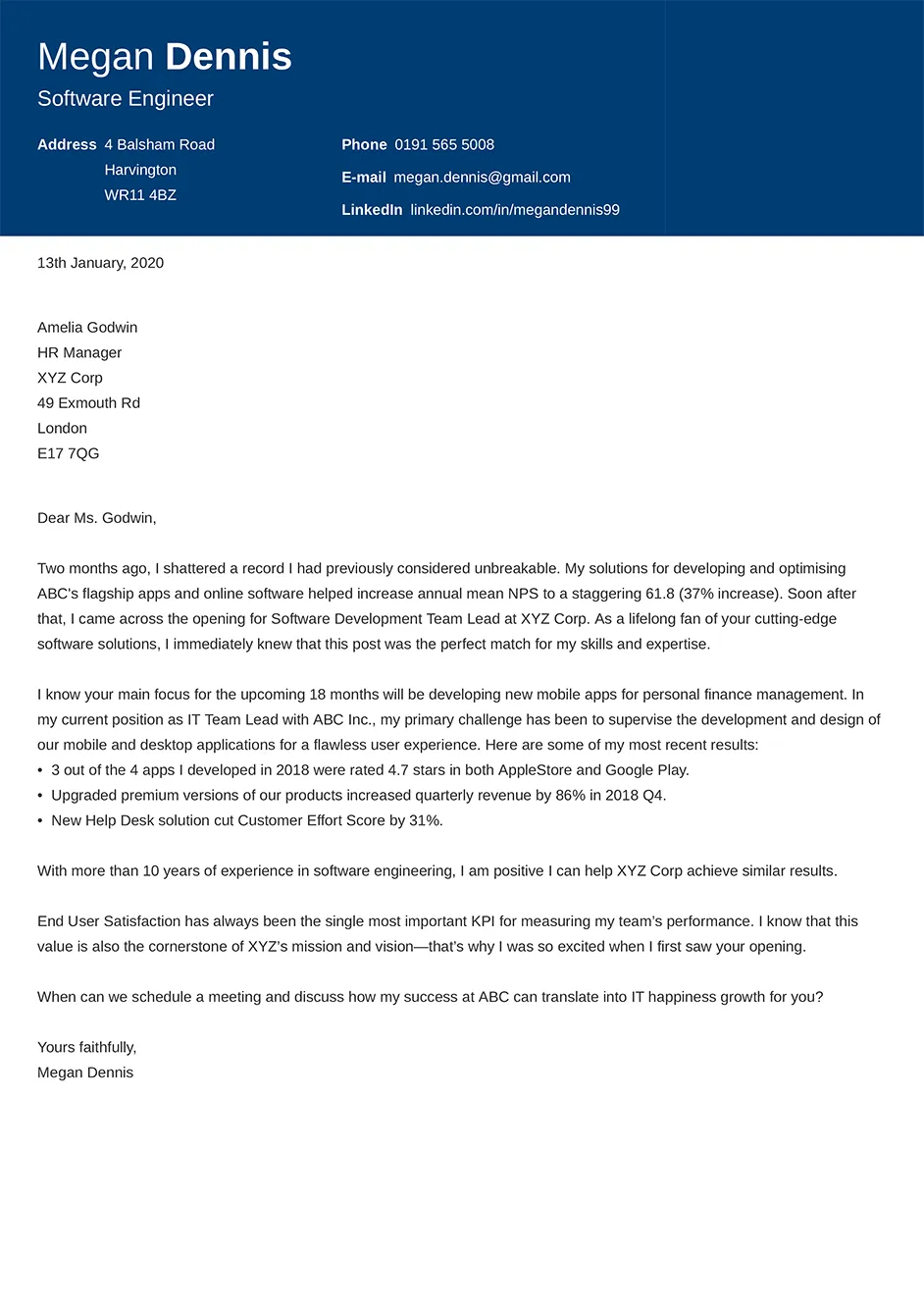
Your cover letter is the ideal space to infuse your personality and enthusiasm for the role. While your resume provides a factual overview, your cover letter gives you the freedom to express your passion and motivation. Let your personality shine through by adopting a tone that is both professional and engaging. Demonstrate your genuine interest in the company by researching their values, mission, and recent achievements. Explain why you are drawn to the specific role and why you believe you would be a good fit for the company culture. Use strong action verbs and descriptive language to convey your enthusiasm and excitement. Your enthusiasm can set you apart from other candidates and leave a memorable impression.
Key Components of a Cover Letter
A well-structured cover letter typically consists of several key components designed to effectively convey your qualifications and enthusiasm. These components work together to provide a clear, concise, and compelling narrative. The key elements include contact information, a professional salutation, an engaging opening paragraph, detailed body paragraphs highlighting qualifications, and a strong closing paragraph with a call to action. The content of each section should be carefully crafted to align with the job requirements and showcase your unique value proposition. Pay close attention to formatting, grammar, and overall presentation to ensure your cover letter makes a positive impact on the reader.
Contact Information and Salutation
Start your cover letter with your contact information, including your full name, address, phone number, and email address. This ensures the hiring manager can easily reach you. After the contact information, include the date and the hiring manager’s name and title, if known, along with the company’s address. The salutation should be formal and professional. If the hiring manager’s name is available, use “Dear Mr./Ms./Mx. [Last Name].” If the name is unknown, use a general greeting such as “Dear Hiring Manager.” Avoid generic greetings like “To Whom It May Concern,” as they can make your letter seem impersonal. The proper formatting and salutation sets a professional tone from the outset.
Opening Paragraph Grab Attention
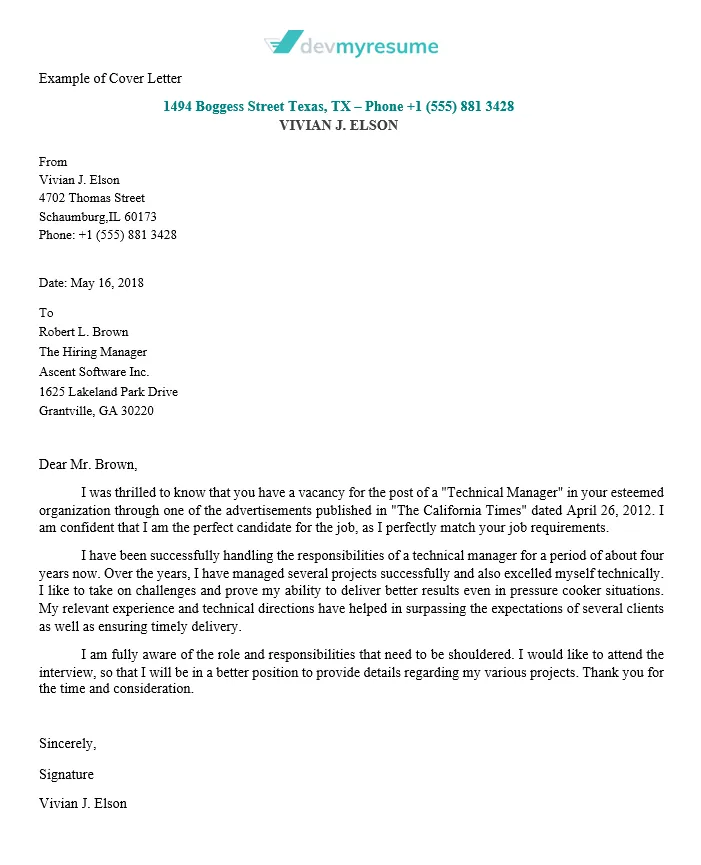
The opening paragraph is your opportunity to immediately capture the reader’s attention. Start with a strong statement that grabs their interest and sets the tone for the rest of the letter. Mention the position you are applying for and briefly state why you are interested in it. Clearly state how you learned about the job. You could mention a mutual connection, a specific project, or a company achievement that resonated with you. Briefly highlight your most relevant skills and experiences, emphasizing what makes you an excellent candidate. Avoid generic phrases; instead, aim to create an engaging and compelling introduction that encourages the reader to continue.
Body Paragraphs Highlight Qualifications
The body paragraphs are the core of your cover letter, where you elaborate on your qualifications and experiences. Each paragraph should focus on a specific skill, experience, or accomplishment that aligns with the job description. Use specific examples to illustrate your capabilities and quantify your achievements whenever possible. Instead of simply listing your responsibilities, describe how you applied your skills to achieve positive results. Focus on how you can contribute to the company’s success and demonstrate your understanding of their needs. Tailor each paragraph to the specific requirements of the job, highlighting how your background makes you a strong fit. Keep your paragraphs concise, easy to read, and focused on the value you bring.
Closing Paragraph and Call to Action
The closing paragraph is your final opportunity to reinforce your interest and leave a lasting impression. Summarize your key qualifications and reiterate your enthusiasm for the position and company. Include a clear call to action. Express your interest in an interview and indicate your availability. Thank the hiring manager for their time and consideration. Keep the tone positive and professional, and proofread the entire letter to ensure accuracy. A well-crafted closing paragraph leaves the hiring manager with a clear understanding of your value and encourages them to take the next step.
Cover Letter Formatting and Style
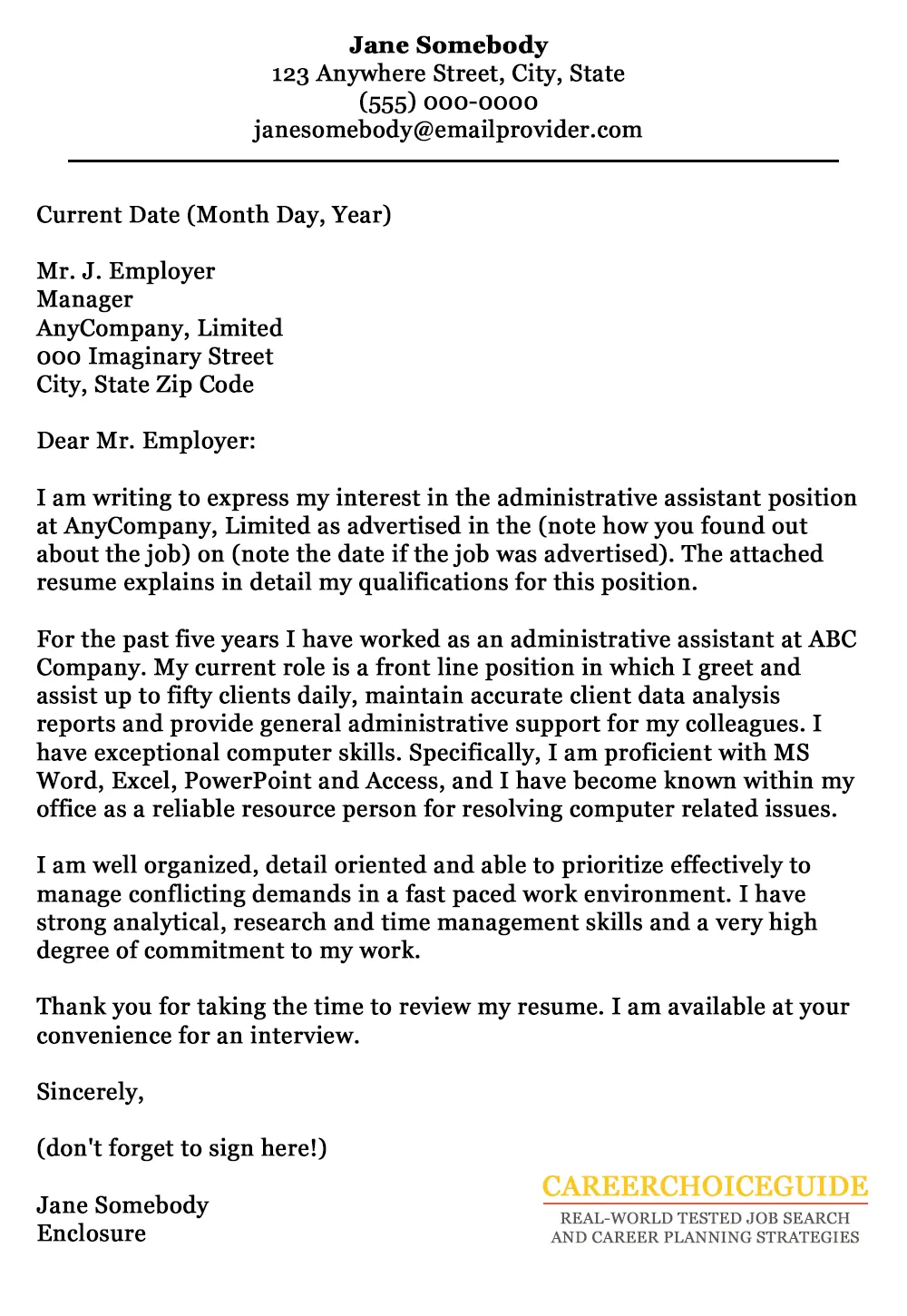
The formatting and style of your cover letter are crucial in creating a professional and appealing document. A well-formatted letter is easy to read and visually organized, conveying your attention to detail. Choose a clear, professional font such as Times New Roman, Arial, or Calibri, and maintain a consistent font size (11 or 12 points). Use single or 1.15 line spacing and one-inch margins on all sides. Ensure your letter is well-structured with clear headings, concise paragraphs, and proper spacing. Proofread the entire document carefully to avoid any typos or grammatical errors. A well-formatted cover letter reflects positively on your professionalism and increases the likelihood of your application being well-received.
Font and Spacing Recommendations
Choosing the right font and spacing is essential for readability and professionalism. Select a standard, easy-to-read font such as Times New Roman, Arial, or Calibri. Maintain a consistent font size of 11 or 12 points throughout the document. Avoid using overly decorative or unusual fonts, as they can distract the reader. Use single or 1.15 line spacing to create a clean and organized layout. Set one-inch margins on all sides to provide ample white space, making the document visually appealing. Proper font and spacing are crucial for presenting your cover letter in a clear and professional manner, showing attention to detail.
Proofreading and Editing
Proofreading and editing are critical steps in ensuring your cover letter is polished and error-free. Before submitting your letter, carefully review it for any typos, grammatical errors, and formatting inconsistencies. Use a spell checker and grammar checker, but also read the letter aloud to catch any awkward phrasing or unclear sentences. If possible, have a friend, colleague, or career counselor review your cover letter for feedback. Pay close attention to the clarity, conciseness, and overall flow of the document. A well-proofread cover letter demonstrates your attention to detail and professionalism, significantly enhancing the impact of your application.
Tailoring a Cover Letter for Each Job
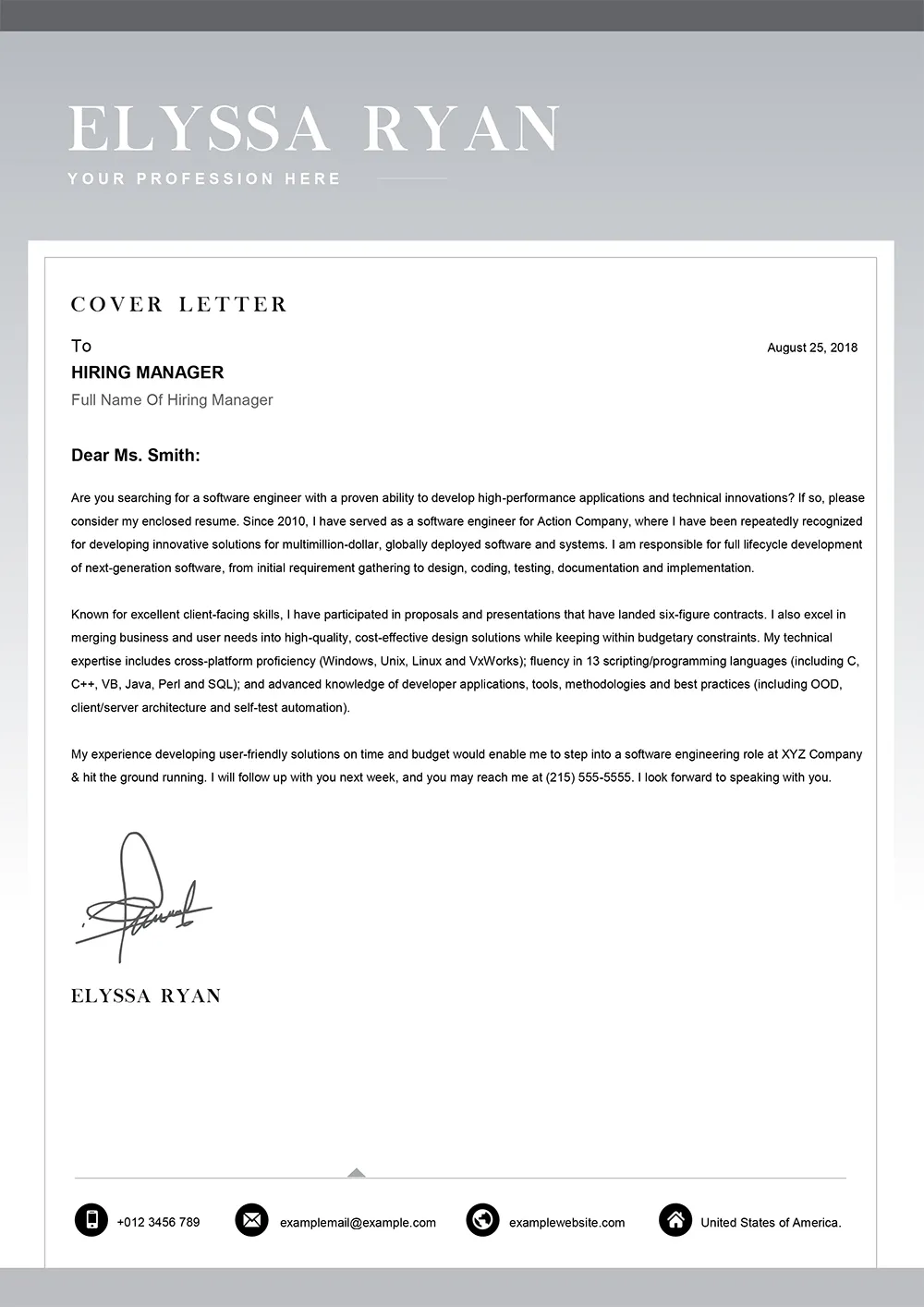
To maximize your chances of success, it’s crucial to tailor your cover letter for each job application. A generic cover letter does not showcase your specific interest in the role or the company. Carefully review the job description and identify the key skills, qualifications, and requirements. Customize your cover letter to highlight your experiences that directly align with the job’s needs. Research the company’s values, mission, and recent achievements to demonstrate your genuine interest and understanding. Tailoring your cover letter is a time-consuming process, but it significantly increases your chances of standing out and securing an interview.
Researching the Company and Role
Before writing your cover letter, thoroughly research the company and the specific role you are applying for. Visit the company’s website to learn about its mission, values, and recent accomplishments. Review the job description carefully, identifying the key skills, qualifications, and responsibilities. Research the company’s culture and work environment to better understand its expectations. Understanding the company’s needs and aligning your qualifications with those needs will help you tailor your cover letter effectively. This research will also demonstrate your genuine interest and initiative, leaving a positive impression on the hiring manager.
Customizing the Content
Once you have researched the company and the role, customize the content of your cover letter to directly address the job requirements. Highlight the skills and experiences that are most relevant to the position. Provide specific examples of your accomplishments that showcase your abilities. Tailor your language and tone to reflect the company’s culture. Address the specific needs and challenges outlined in the job description. Avoid using generic phrases or pre-written templates. Customize your cover letter to clearly articulate your suitability for the role and demonstrate your genuine interest in the company. This personalized approach will help you stand out from other candidates and make a strong impression.
Cover Letter Examples and Templates
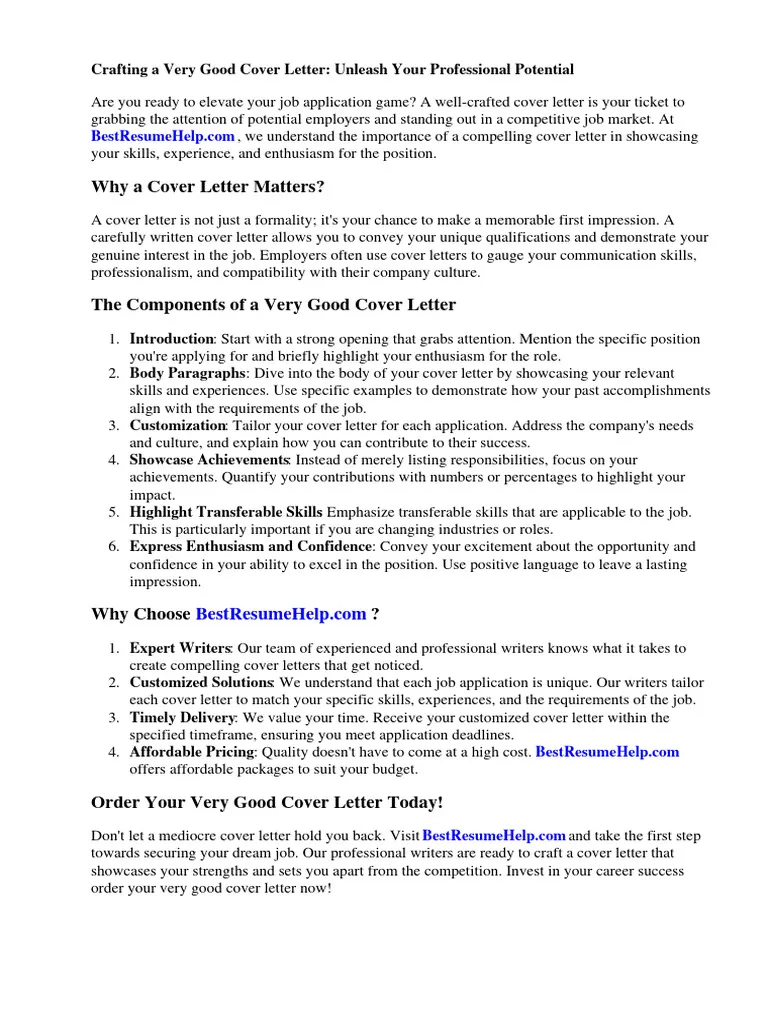
Utilizing cover letter examples and templates can be a valuable tool in the job search process. These resources provide a framework and guidance for structuring your letter and highlighting key information. However, it’s crucial to use these resources as a starting point, not a complete solution. While examples can offer inspiration and help you understand the format and content, ensure that you personalize your letter to reflect your unique skills, experiences, and the specific requirements of each job.
Where to Find Examples
There are numerous resources available online where you can find cover letter examples. Many career websites and job search platforms provide free cover letter templates and examples. You can also find examples in career guides and books, as well as through online forums and communities. Search for examples tailored to your industry or the specific type of job you are applying for. Remember to use these examples as a guide, not a rigid template. Analyze how the examples are structured, the language used, and the tone, and then customize your own letter to reflect your personal brand and experiences.
Using Templates Effectively
Using cover letter templates can save you time and effort, but use them wisely. Choose a template that is clean, professional, and easy to customize. Before using a template, adapt it to your specific needs. Replace the generic content with your information, skills, and experiences. Carefully modify the language to align with your personality and the requirements of the job. Tailor the template to the specific role and company you are applying for. Avoid using a template without making significant changes. A well-customized template can be an effective tool, but a generic one can harm your chances.
Common Cover Letter Mistakes to Avoid
Avoiding common cover letter mistakes is essential to making a positive impression. Several errors can undermine your application and reduce your chances of success. These mistakes include using generic content that is not tailored to the specific job, including typos or grammatical errors that reflect poorly on your professionalism, or failing to proofread your letter before submitting it. Understanding and avoiding these common pitfalls increases your chances of creating a compelling cover letter that helps you stand out.
Generic Content
One of the most common mistakes is using generic content that is not tailored to the specific job. A generic cover letter does not showcase your unique value proposition or demonstrate your genuine interest in the role or company. Avoid using generic phrases or pre-written templates without customizing them to reflect your skills and experiences. Tailor your cover letter to the specific requirements outlined in the job description. Highlight the relevant skills and experiences that align with the job’s needs. Research the company and address their specific needs and challenges. Personalizing your cover letter increases your chances of making a strong impression.
Typos and Grammatical Errors
Typos and grammatical errors can significantly detract from the professionalism of your cover letter. Errors make a negative impression, indicating a lack of attention to detail. Proofread your cover letter carefully before submitting it, using a spell checker and grammar checker. Reading your letter aloud can help you catch any awkward phrasing or unclear sentences. If possible, have a friend, colleague, or career counselor review your cover letter for feedback. A well-proofread cover letter shows your commitment to quality and increases your chances of making a positive impact.
What to Expect After Submitting
After submitting your cover letter, you will likely experience a waiting period. The length of this period varies depending on the company, the number of applicants, and the hiring process. However, there are steps you can take to manage your expectations and increase your chances of success. Be patient but proactive, and follow up appropriately. Knowing what to expect can help manage anxiety during the job search.
Follow-up Process
Following up after submitting your cover letter and resume is a good practice. Send a polite email or make a phone call to the hiring manager after a reasonable waiting period. The timing depends on the company and the job posting, but usually, one to two weeks after submitting your application is appropriate. Keep your follow-up brief and professional, reiterating your interest in the position and asking about the status of your application. Reference the specific job title and mention your key qualifications. A well-timed follow-up can demonstrate your enthusiasm and professionalism.
Interview Invitations
If your cover letter and resume are successful, the next step is an interview invitation. Prepare thoroughly for the interview by researching the company, reviewing the job description, and practicing answering common interview questions. Be prepared to discuss your skills, experiences, and how you can contribute to the company. Prepare questions to ask the interviewer to demonstrate your engagement. Sending a thank-you note after the interview is also recommended. Landing an interview is a significant step toward your dream job. Preparation, enthusiasm, and professionalism during the interview can secure your new position.
